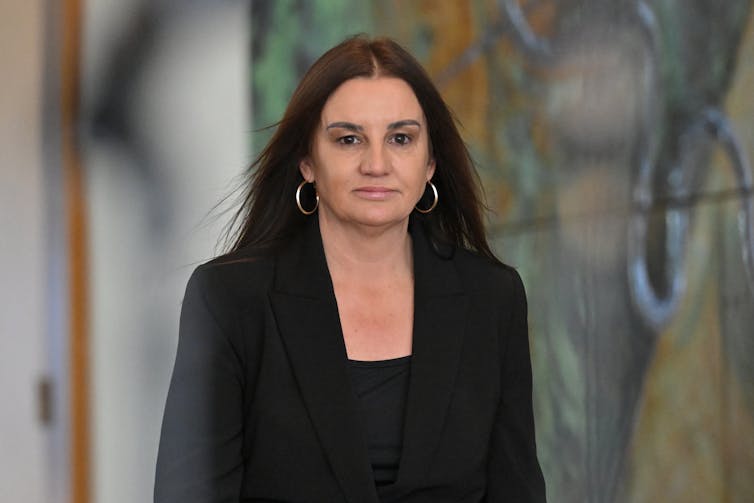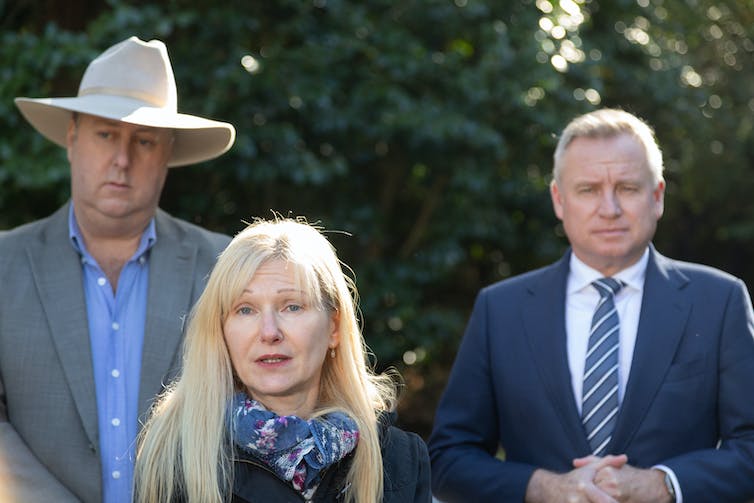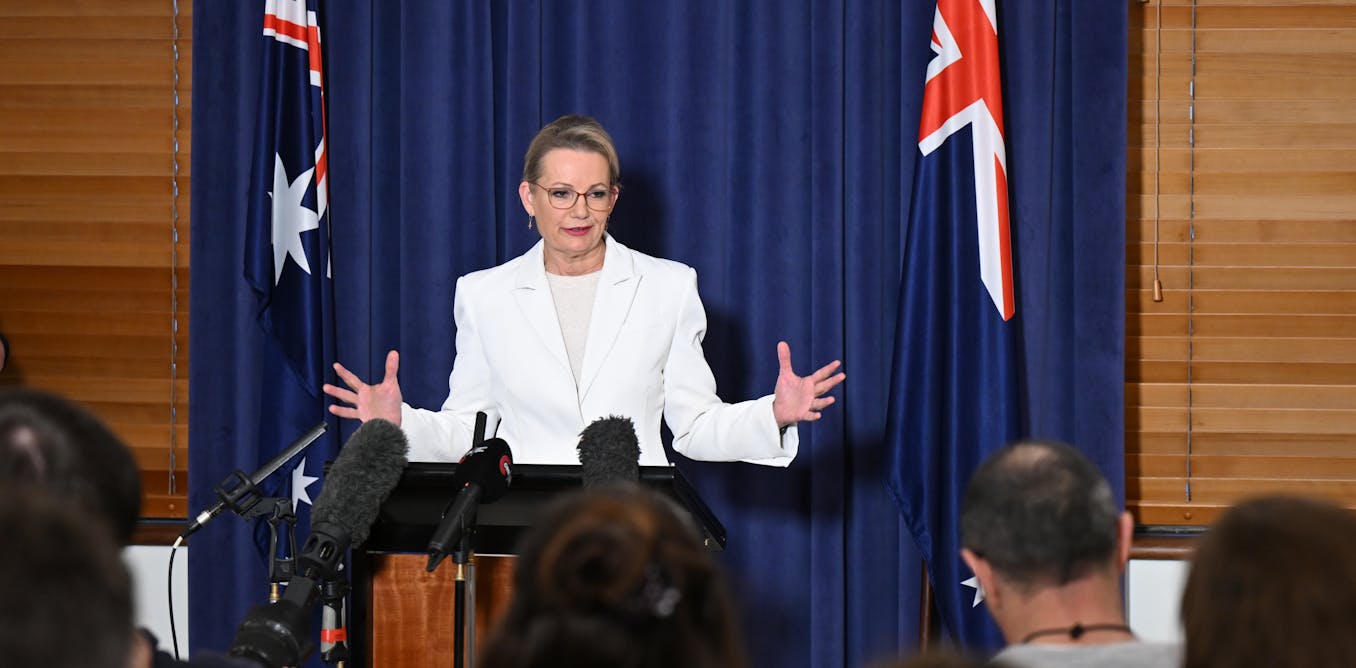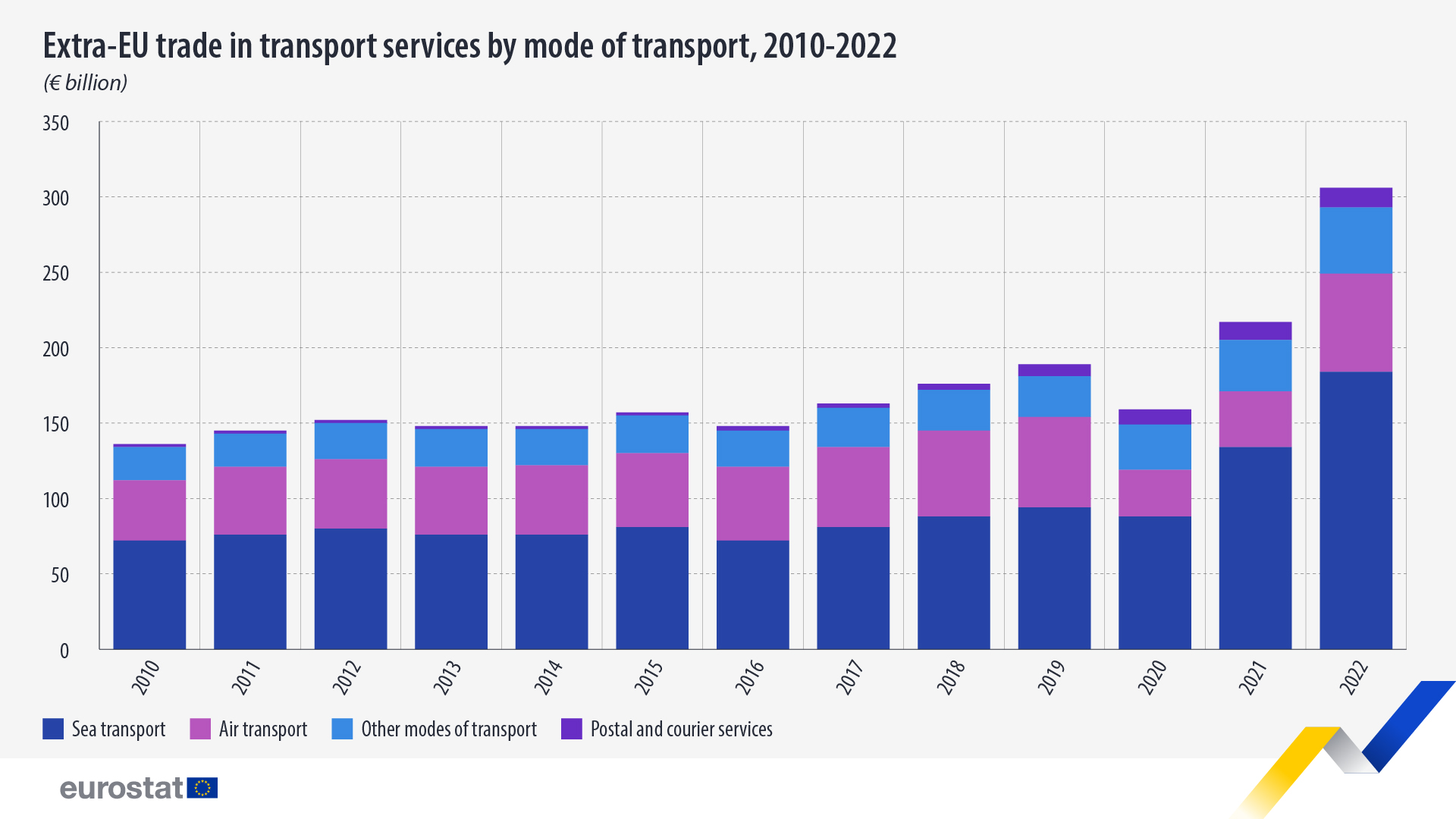After months of speculation about an early election and a battle to keep minority government alive, Tasmanian Premier Jeremy Rockliff – Australia’s last remaining Liberal Premier – has called an election for March 23, three years into a four-year term.
In making the announcement, Rockliff said he wanted the stability of majority government.
“I’m not going to allow myself or my government to be held to ransom for the next 12 months. It’s bad for Tasmania, it’s bad for Tasmanians.”
What issues are likely to dominate the campaign? What is the likely outcome, and will it have any implications beyond the shores of Australia’s island state?
What’s been going on?
The Tasmanian Liberals have governed since 2014, but recently Rockliff has had to manage a series of ructions.
There have been seven reshuffles since the 2021 election, sparked in some cases by high profile ministerial resignations.
In mid-May 2023, two government back benchers quit the party to sit on the cross bench, citing a range of grievances.
Lara Alexander and John Tucker’s agreement with Rockliff to guarantee supply and confidence in the House lasted until early February when the premier issued a second ultimatum effectively demanding the rebel MPs support all government legislation.
Given neither of the independents were willing to cede their independence an early election became inevitable. Now, the real question is whether Tasmanian voters will blame the premier or the rebel MPs for taking them to the polls a year early?
How the Tasmanian AFL team turned into a political football
Due to Tasmania’s 25-seat Lower House (which has been restored to 35 members for this election), these events have stretched Rockliff’s talent pool and contributed to a feeling among voters that the government is approaching its used by date.
Rubbing salt in the wound, Labor and the Greens have relished pointing out that a party which had promised to deliver stable majority government was now in minority. Indeed, Jeremy Rockliff cited
the need restore majority government and avoid “governing with one hand tied behind my back” as a justification for going to the polls a year early.
Sonja Ambrose/AAP
Given Tasmania’s proportional Hare Clark electoral system, where candidates only need to secure about 15% of the vote after preferences to win a seat, it seems inevitable that forming government will require some form of power sharing or coalition arrangement.
This is reinforced by polling data that suggests Tasmanian voters are turning their backs on both major parties. A YouGov poll conducted in January had both Liberal and Labor polling around 30% (31% Liberal, 27% Labor), with the Jacquie Lambie Network (20%), Greens (15%) and other independents (7%) sharing the remaining 40%.
The key issues
This all suggests that well established campaign strategies will once again be trotted out.
The government will talk up the strong (but slowing) economy and run a scare campaign against
minority government. This approach has served the Liberals well in the past, but their current minority status may undermine the pitch.
Labor, the Greens, independents, and the Jacqui Lambie Network will all point to the failure to address persistent housing, hospital, and transport challenges, as well as growing concerns about transparency and accountability.
One wildcard is government support for Hobart’s proposed waterfront AFL stadium. Most Tasmanians want an AFL team, but many have concerns about the mooted funding
model in which the government covers most of the cost – and the financial risk.
Finally, the rise and dominance of hyper-local issues is making it hard for parties to develop and deliver a cohesive long-term strategy for the state. History shows that laundry lists of election promises don’t provide the basis for good government.
Tasmania’s reached net-zero emissions and 100% renewables – but climate action doesn’t stop there
Federal eyes on the campaign
Mainland pundits will be watching the election closely for two main reasons.
Firstly, the March poll will be an early test of electoral support for a more conservative Liberal party in Tasmania and beyond. While Rockliff is a moderate, the conservative faction of the Tasmanian Liberals is in the ascendancy with former long-serving federal senator Eric Abetz seeking to make a comeback in the state seat of Franklin.
Abetz will likely be elected, but it remains to be seen whether this occurs despite a broader swing against the Liberals.

Mick Tsikas/AAP
If the party can retain government in Tasmania, it may provide an early indication that the national political tide is turning.
Secondly, the election may provide further evidence of fragmentation in Australian politics.
If significant numbers of Tasmanians, particularly those from regional and less well-off communities, vote for independents or minor parties, the major parties will have some serious soul searching to do. They’ll need to rethink their strategies for future state and national elections.
What does the crystal ball say?
Tasmanian elections are notoriously hard to predict.
Given the most likely outcome will be some form of coalition or power-sharing arrangement, negotiations after polling day will be just as important and interesting as the vote itself.
Will the Liberals be willing to form a minority government, and would Jeremy Rockliff be prepared to lead it?
‘Nothing left in the tank’: resigning Tasmanian premier Peter Gutwein deserves credit on COVID and economics
After ten years in the wilderness (not such a bad place to be in this part of the world!) Labor is desperate to govern, but will be reluctant to enter into an agreement with the Greens due to past experience. They may, however, be willing to govern with the support of the Jacqui Lambie Network and/or independents.
Tasmanian politics has always had a unique and interesting dynamic, and the March election is unlikely to disappoint. The real test is whether members of the next Tasmanian Parliament are able to put the interests of the community above petty politics to deliver the good government Tasmanians deserve.




